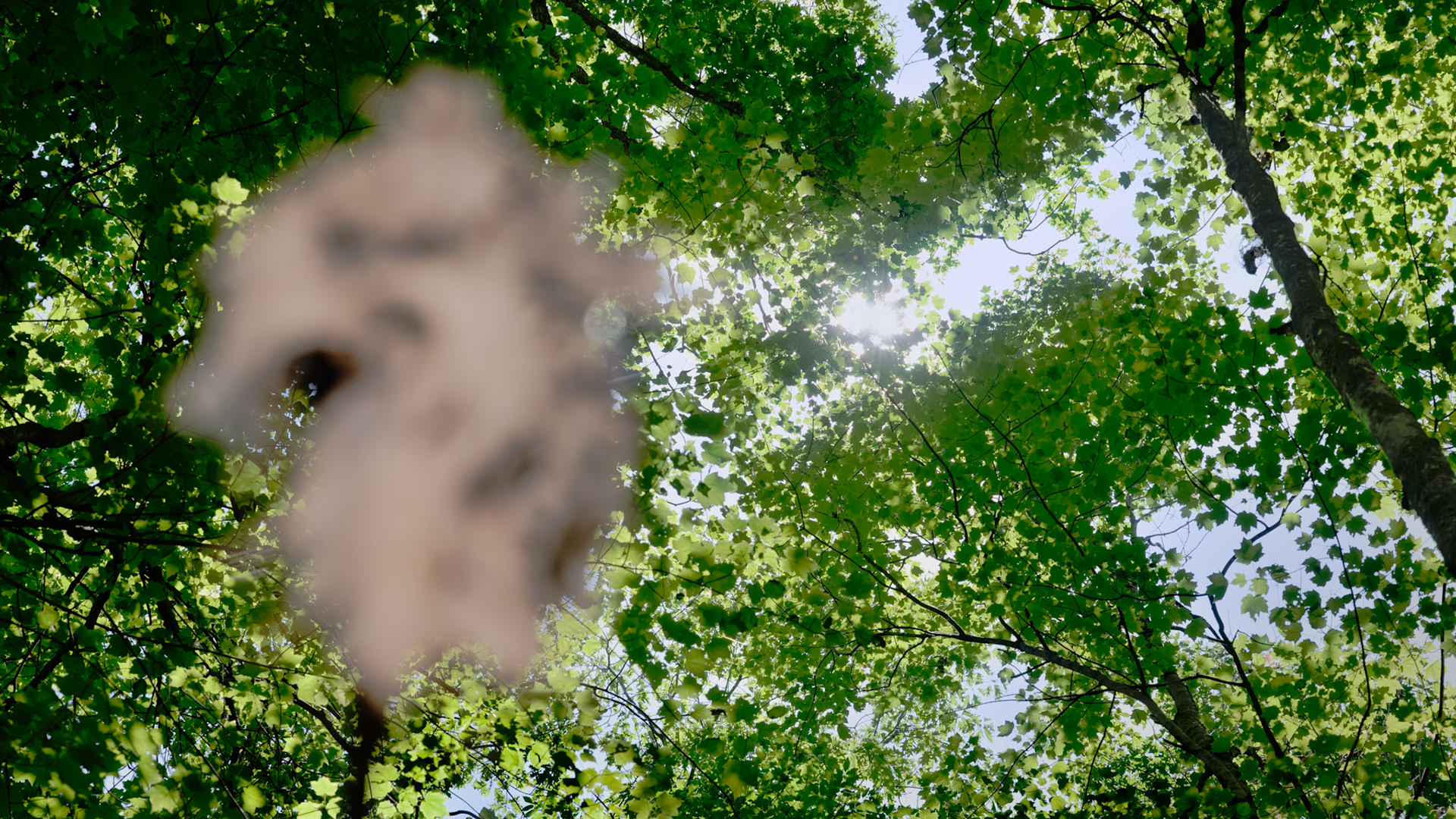
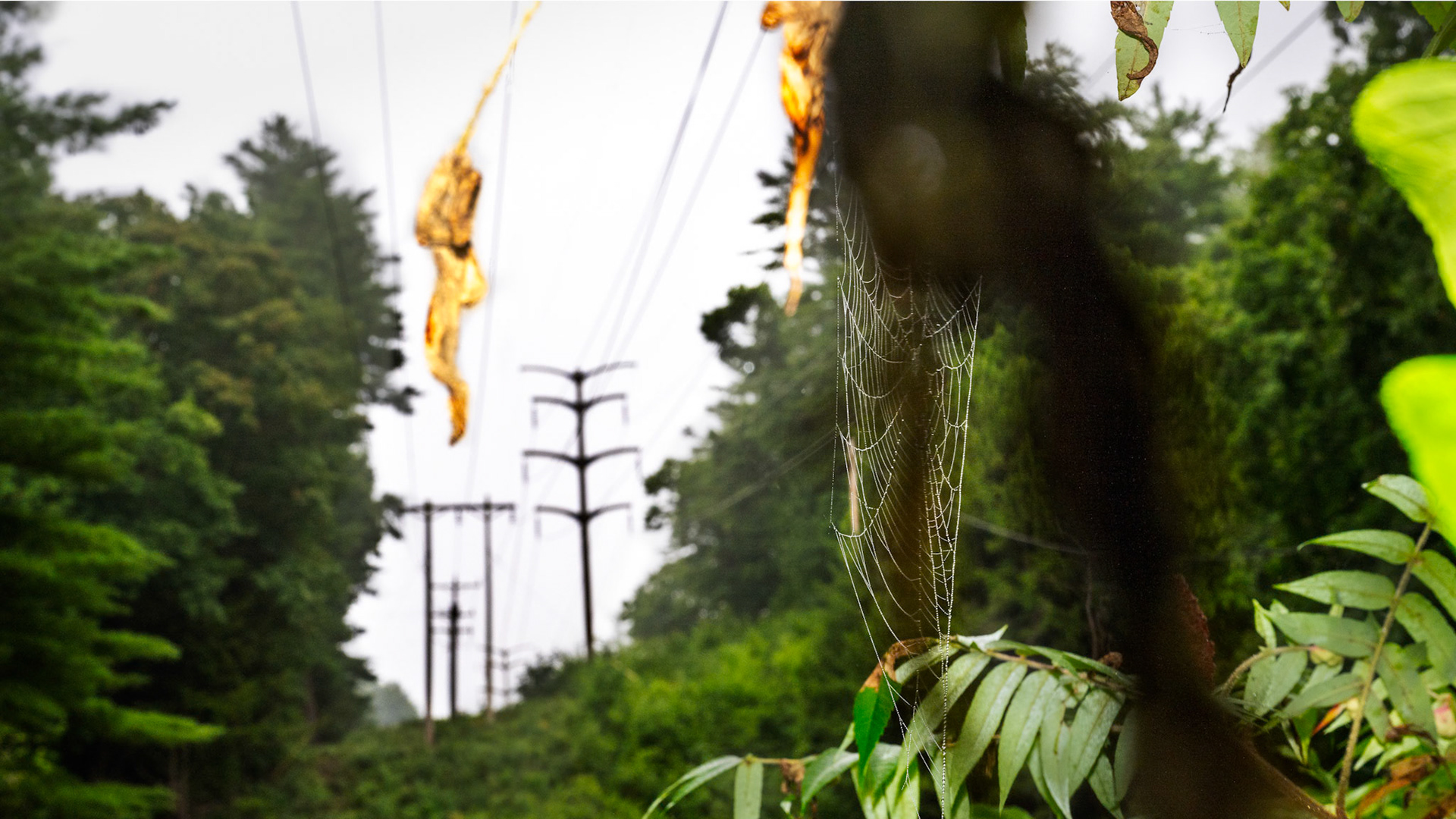

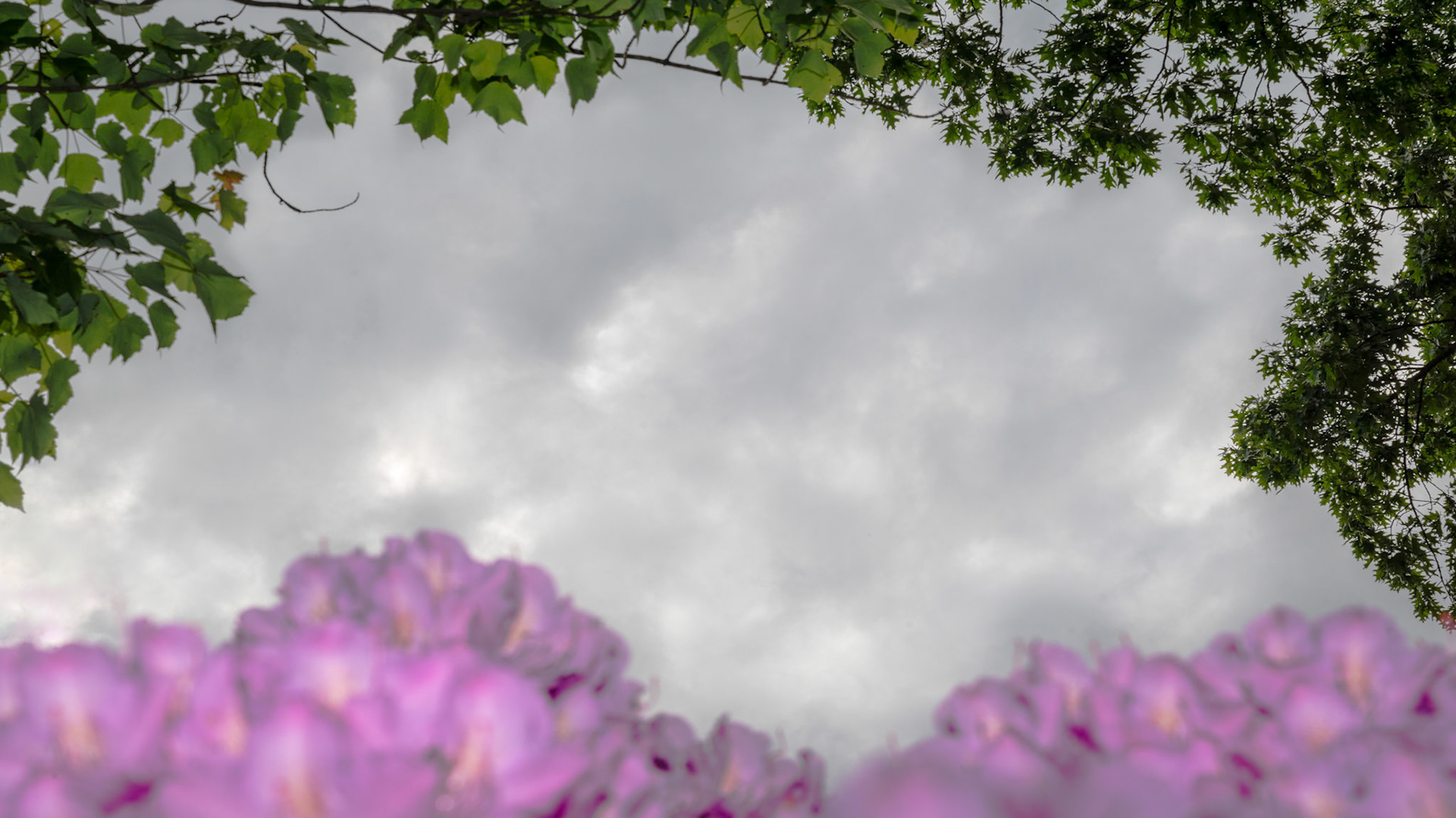


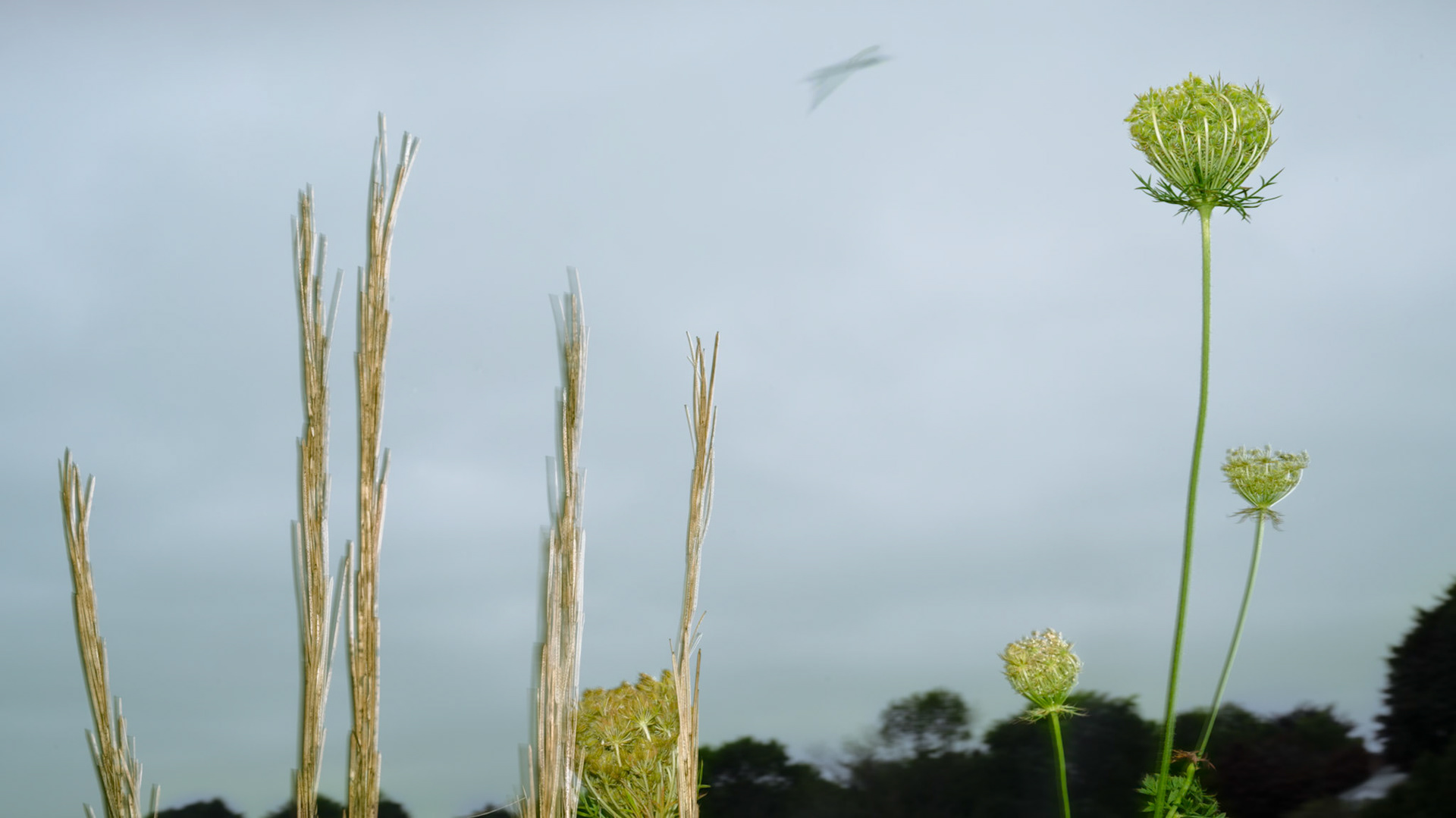

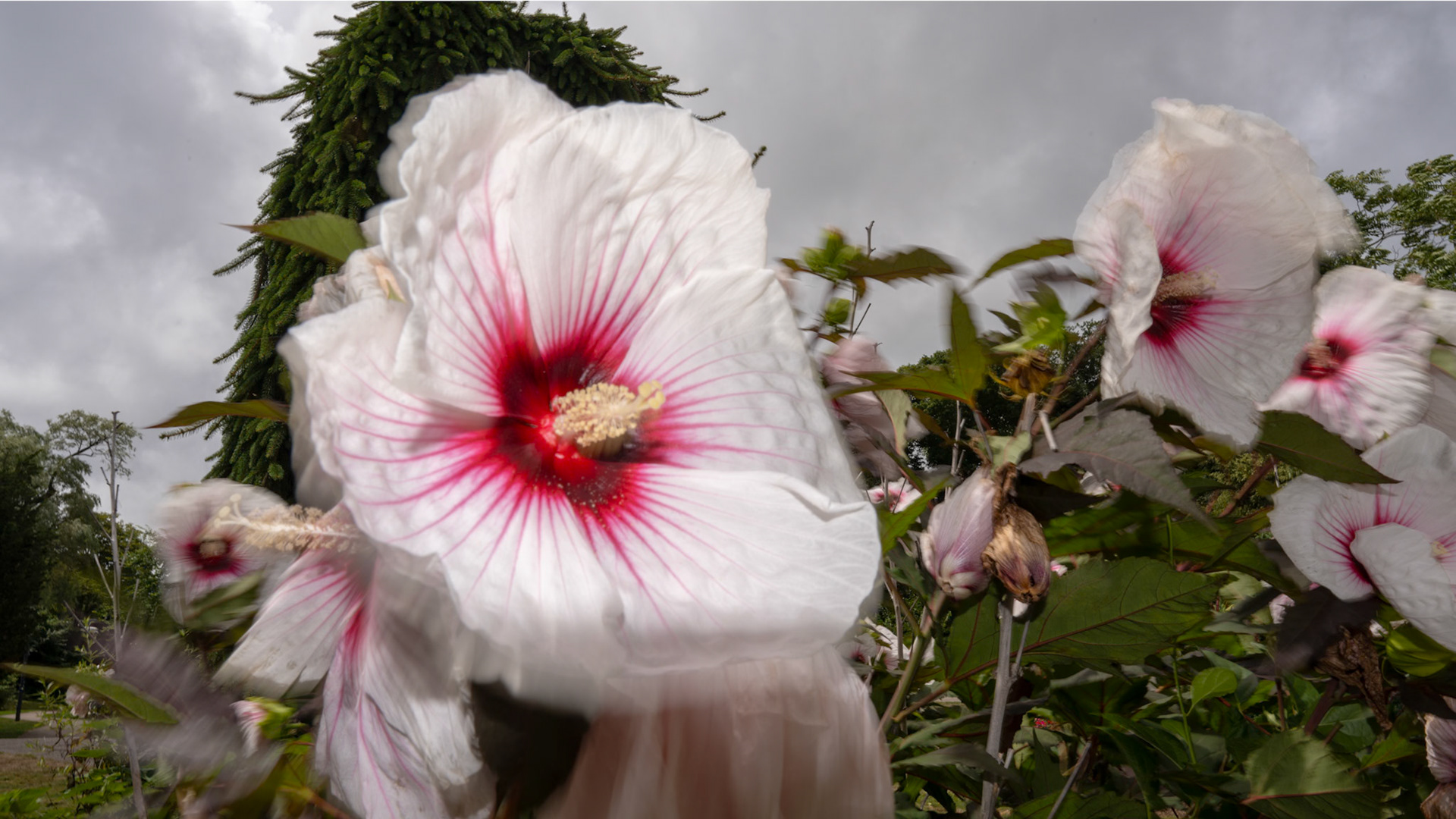
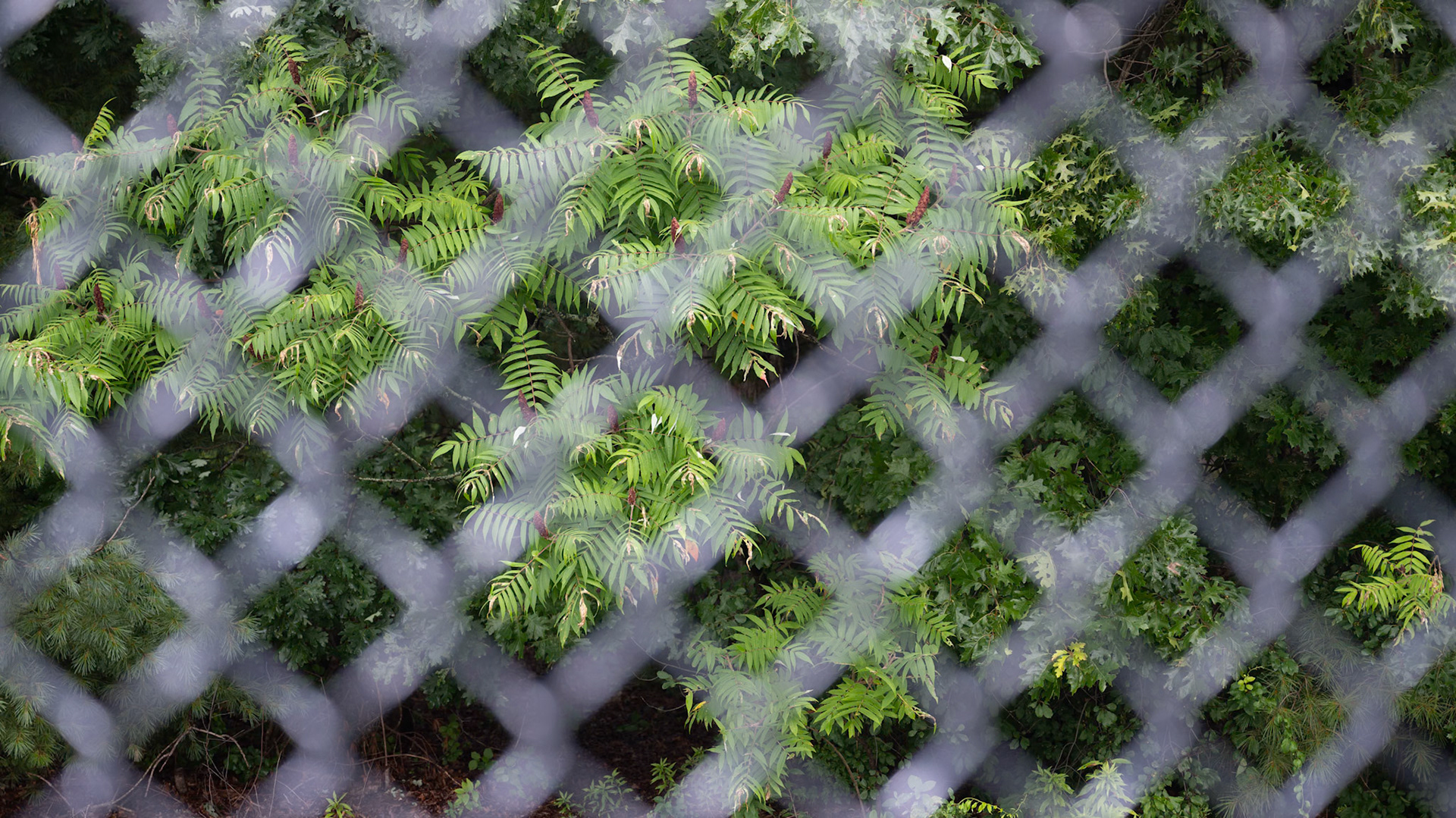

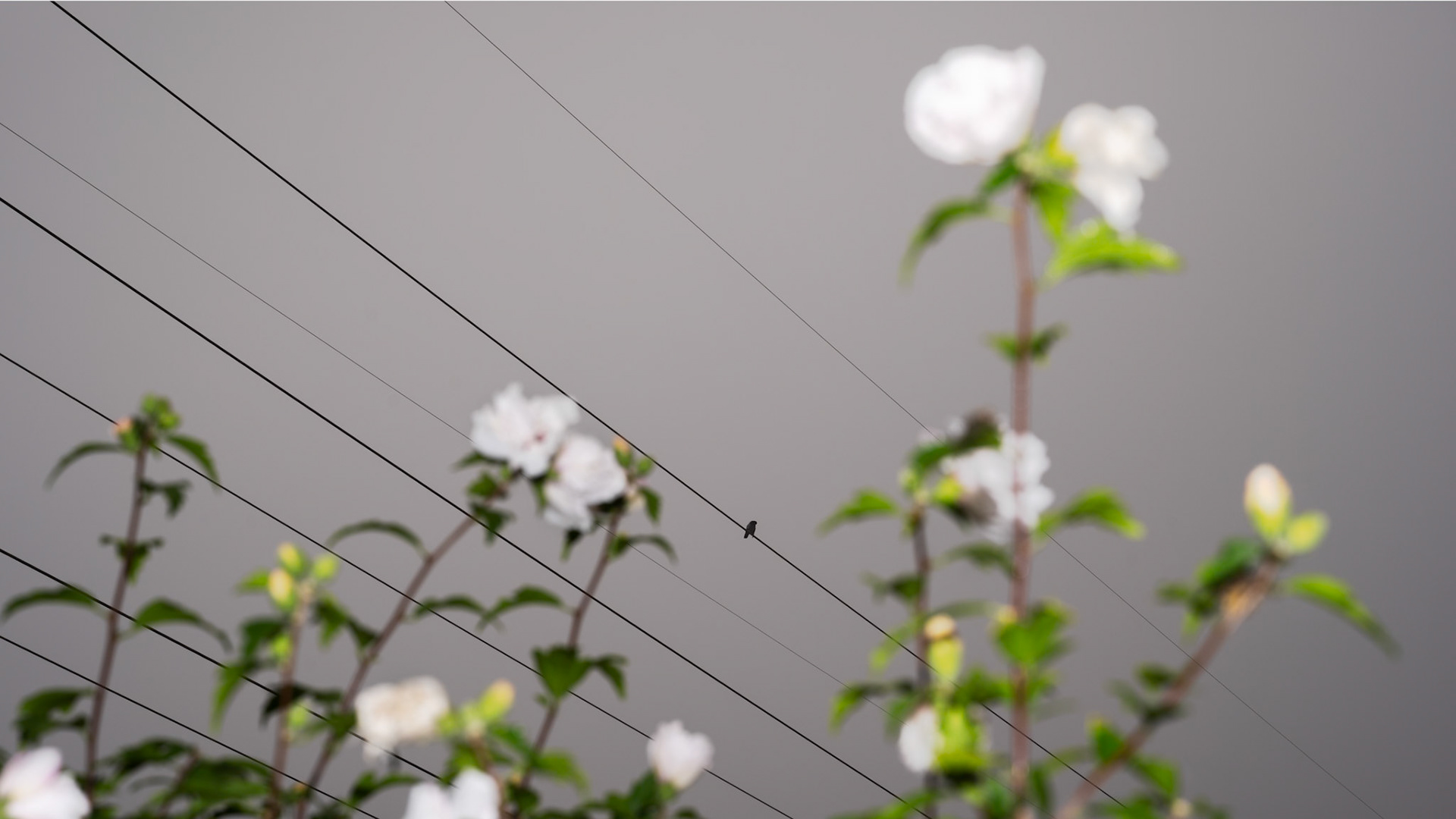


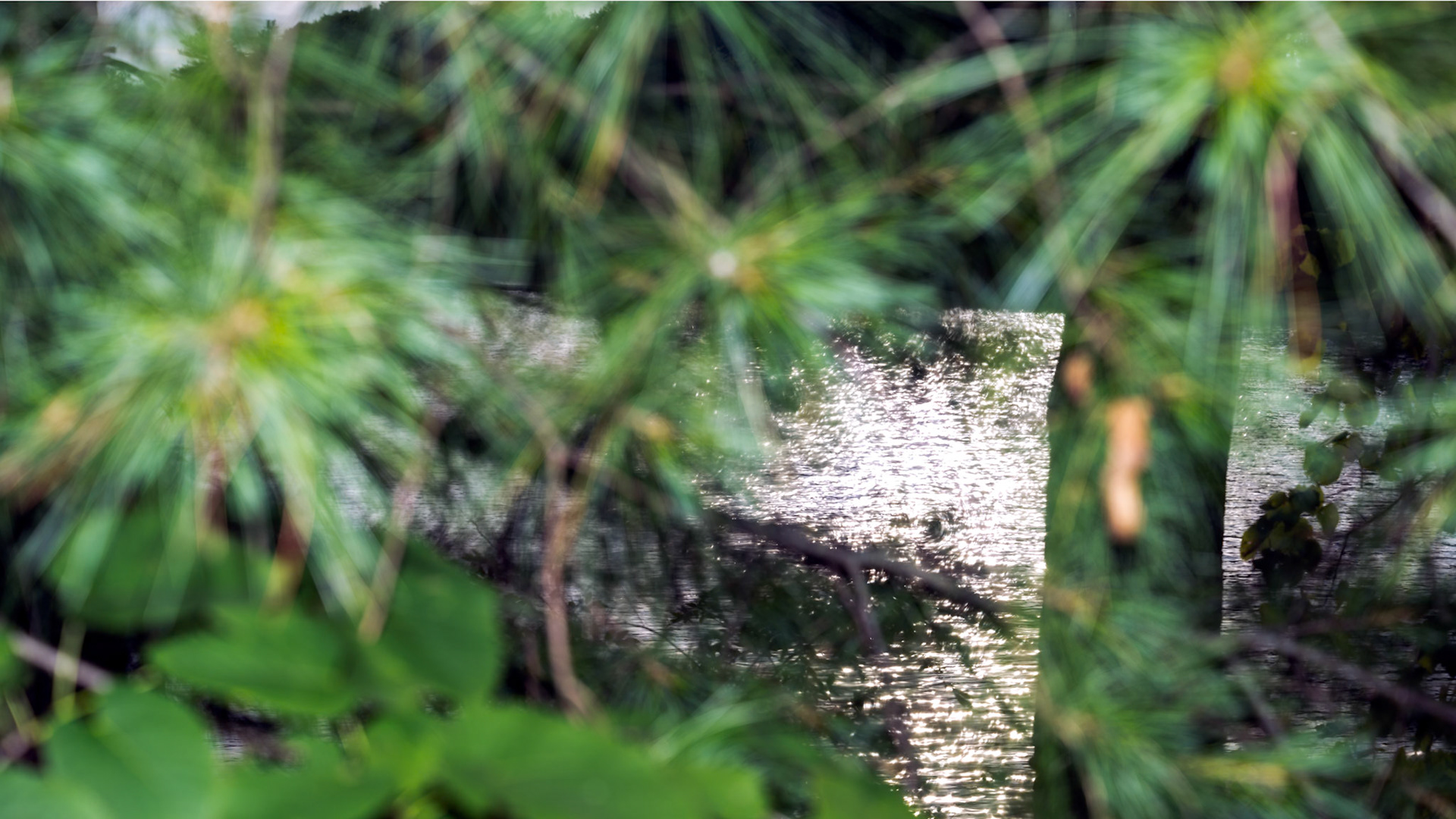
“There are things known and there are things unknown, and in between are the doors of perception.”
Aldus Huxley - 1954
Our sense of sight involves not just our eyes, but also our minds. Our brain has evolved to filter what we see. It elevates the prominence of elements deemed important; automatically focusing our attention - and the lenses of our eyes - on these elements. At the same time it diminishes or completely ignores “irrelevant” elements; rendering them out of focus and/or out of mind.
The camera however, sees all. When we view a photograph we see everything in the frame, and can contemplate the entirety of the scene at a fixed moment in time. Elements and juxtapositions that were not noticed in the moment become conspicuously obvious when frozen in a photograph. Photographers use composition, focus, depth of field, lighting, and the decisive moment to direct our attention to what has been deemed “important” by the photographer and away from less significant elements. But, what happens if these tools are used to alter the balance of perception; to elevate seemingly insignificant elements and diminish the purportedly relevant?
These images employ the accuracy of the camera to question the veracity of our perception. They show the landscape with a level of visual ambiguity introduced by the choice of viewpoint and the usage of the camera. By juxtaposing and/or layering disparate elements of the visual world onto the two dimensional plane of the photograph these images confront us with the contrariety of our perception. They scramble the cues provided by composition, focus, lighting, perspective, and time to create incongruity between disparate elements. They show us the reality of what we plainly see juxtaposed with the reality of what is in plain view, but just beyond our perception.
These images are intended to raise questions about our perception of the world. And, to act as a metaphor for the conflict that occurs when we are challenged by gaps between what we know, and what we don’t know; of what is certain and uncertain. They reveal the psychological dissonance that can result when we are confronted with an unfiltered view of reality.